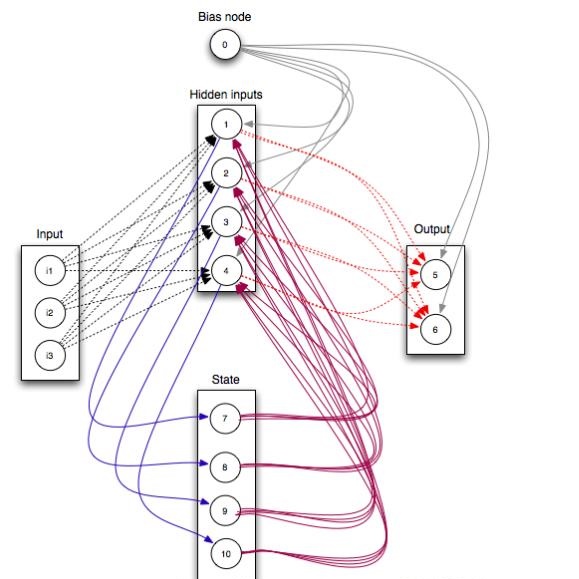Numerical methods can be used to simulate wave propagation in rooms, with applications in virtual reality and building design. Such methods can be highly accurate but computationally expensive when simulating high frequencies and large domains for long simulation times. Moreover, it is common that solutions are sought for multiple input parameter values, e.g., in design processes in room acoustics, where different boundary absorption properties are evaluated iteratively. We present a framework that combines a spectral element method (SEM) and a reduced basis method (RBM) to achieve a computational cost reduction for parameterized room acoustic simulations. The SEM provides low dispersion and dissipation properties due to the high-order discretization and the RBM reduces the computational burden further when parametrizing the boundary properties for both frequency-independent and dependent conditions. The problem is solved in the Laplace domain, which avoids instability issues on the reduced model. We demonstrate that the use of high-order discretization and model order reduction has significant advantages for room acoustics in terms of computational efficiency and accuracy.
翻译:数字方法可用于模拟室内波波传播,应用虚拟现实和建筑设计。这些方法在模拟时间长时模拟高频率和大域时可以非常精确,但计算成本很高。此外,通常会寻求多种输入参数值的解决办法,例如,在声学室的设计过程中,对不同边界吸收特性进行迭接性评价。我们提出了一个框架,将光谱元素法(SEM)和降低基数法(RBM)结合起来,以降低参数化室声学模拟的计算成本。由于高度分解,SEM提供了低分散和散失特性,而成果管理制则在根据频率和依赖性条件对边界特性进行对齐时,进一步减少了计算负担。这个问题在Laplace域得到解决,避免了模型的不稳定问题。我们证明,使用高顺序分解和减少模型顺序在计算效率和准确性方面对室声学有很大的优势。




